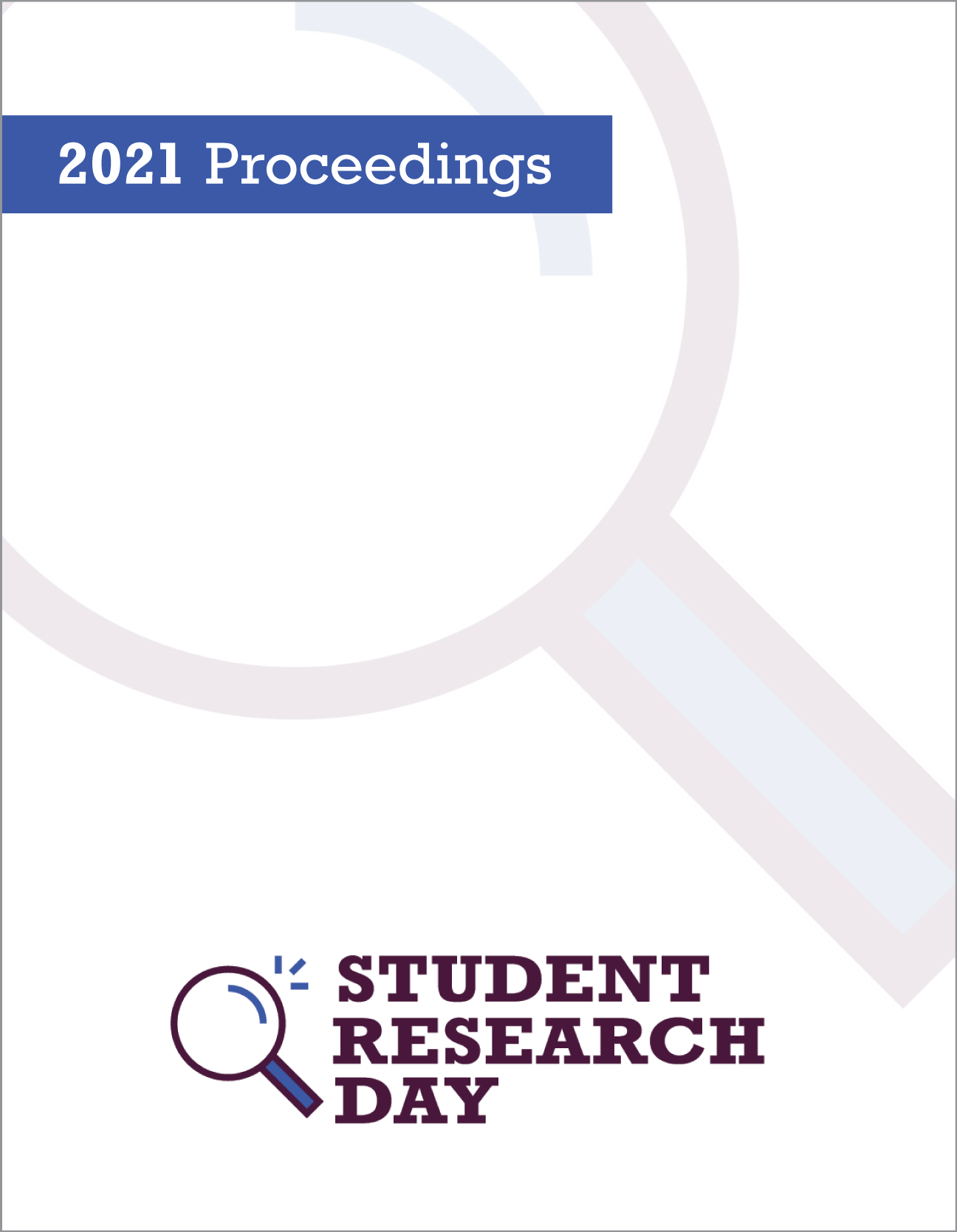The Effects of Hemin at Varying Concentrations on the Differentiation in Chronic Myeloid Leukemia (CML) Cell Line K562
Abstract
Chronic myeloid leukemia (CML) results from a chromosomal abnormality that leads to uncontrolled division of red blood cell precursors. Typically, these cells undergo erythrocytic differentiation during the production of new blood cells. However, due to uncontrolled cell division, these immature and non-functional cells are unable to undergo differentiation and, as a result, build up in the bone marrow. Hemin, a compound derived from blood, has been shown to induce differentiation in CML cells stopping their uncontrolled division by making these cells mortal. This study aimed to further characterize hemin and determine the optimal concentration that can induce differentiation in a CML cell line, K562, as evidenced by an increase in the expression of the molecular marker gamma-globin. To identify the optimal hemin concentration, the rate of proliferation and the level of gamma-globin expression were monitored in response to hemin concentrations of 20 uM, 40 uM, 60 uM, and 80 uM with DMSO or dilute NaOH as the solvents. We performed a growth curve analysis and assessed the level of hemoglobin expression using benzidine staining. A clear trend was observed for hemin in DMSO, showing that concentrations of 40 uM and higher decreased cell proliferation and viability. In addition, an increase in benzidine staining was seen between DMSO and 20 uM hemin, indicating elevated levels of hemoglobin expression. To verify that the observed increase in hemoglobin level corresponds to increased expression of gamma-globin, western blotting was used. Overall, it was determined that the optimal concentration for hemin to induce differentiation in K562 cells may be solvent-dependent but falls between 20 uM - 60 uM. These findings will help characterize differentiation therapy as an alternative treatment for CML, in which cells are induced to undergo differentiation and then controlled cell death. This development is important since current treatments (Imatinib and related compounds) are susceptible to loss of efficacy due to the development of drug resistance.
Department: Biological Sciences
Faculty Mentor: Dr. Nina Bernstein
Published
Issue
Section
License
Authors retain any and all existing copyright to works contributed to these proceedings.



